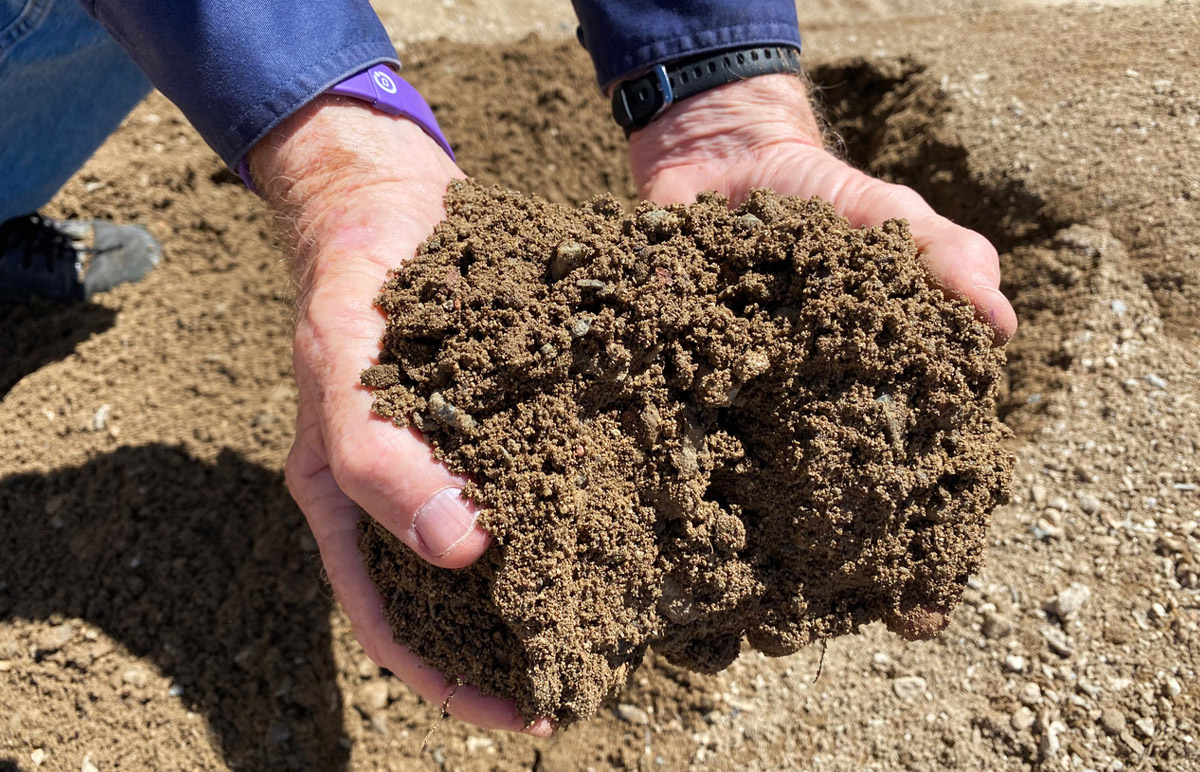
Why Soil Compaction is Crucial in Construction
The density of the soil is crucial for construction sites. Almost anything that has to do with construction will be affected by how dense the soil is. It will give you the foundation for your construction. On the other hand, incorrect compaction of soil can lead to trouble during construction.
What Is Soil Compaction?
Soil compaction is a process in which pressure is applied to the soil, and in turn, it becomes denser. The pressure can be applied by tools such as a plate compactor or a roller. There are many different methods of soil compaction and they all carry different levels of effectiveness.
An important step in making a stable construction site with a good foundation is making sure that the soil has been compacted correctly. It’s a complicated process that takes into account many factors.
Soil Compaction in Residential Construction
For residential sites, soil compaction should be done in a way that will have a strong foundation to support the weight of the house. The soil should be compacted down so that the house will be stable when the foundation is laid on it. When soil is too loose, the house can move when it is built and you’d end up with a house with a shaky foundation.
The best type of roller to use in a residential area, would be the oscillating smooth drum roller. Oscillation is a gentle, yet highly effective compaction method, and has today become a standard compaction method in sensitive areas or in the vicinity of buildings and houses. Oscillation uses less force but delivers both vertical and horizontal energy, essentially manipulating the aggregates into place.
Soil Compaction in Commercial Construction
Commercial construction sites have their own standards. They require soil compaction to make building a multi-story structure easier. The higher the building, the more compact the soil needs to be.
Remember that the weight of the building is going to be distributed to the ground, so when you compact the soil, it should be enough to support its weight. Smooth drum rollers (vibratory), pad-foot rollers, double-drum rollers, pneumatic rollers or multi-tyre rollers can all be used in commercial construction.
Soil Compaction in Industrial Construction
Industrial construction sites can also have their own set of requirements when it comes to soil compaction. Depending on the type of building being constructed, soil compaction should be done to support the structure. This is especially true if a lot of equipment will be placed on the location; it should have enough support from the soil.
How Does Soil Compaction Work?
Soil compaction, or density, is measured by how much sand, silt and clay is present in a cubic foot of soil. Density is also measured by the percentage of each component present in the soil.
First, a contractor needs to perform a soil test and check the components of the soil. They check the percentage of sand, silt and clay present in the soil. This will determine how much the soil has to be compacted. A heavy tractor is then used to compact the soil until it is of the proper density.
If you need to compact the soil for residential construction, you should achieve the proper density for your foundation. However, if your soil is not durable, you can use additives to make the soil less porous and less susceptible to water. Using additives can make the soil denser and solid enough to support the weight of a house.
Conclusion
Soil that is compacted consistently over time becomes a denser soil that can act as a better support system for roads, site foundations and more. Those involved in construction need to remember that proper compaction is crucial to preventing future complications.
Do you need a compaction hire in Perth, Albany and Port Headland? Contact our team at KEE Group. We are the most effective civil and mining support service in Australia.


